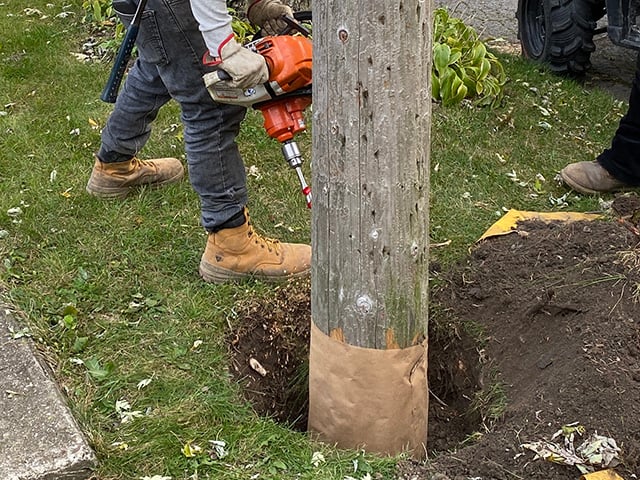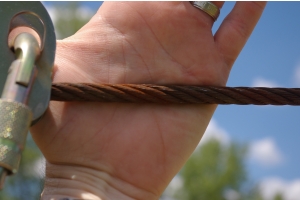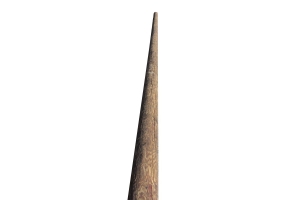How to Perform a Below Grade Inspection of a Utility Pole for the Challenge Course Industry

Inspecting utility poles is an important part of ensuring the safety of challenge course participants. By inspecting utility poles below grade, you can identify potential hazards and take steps to mitigate them.
What to Look For
When inspecting a utility pole below grade, you should look for the following:
- Settlement: Utility poles can settle over time, which can cause them to lean or tilt. If a utility pole is leaning or tilting, it is important to have it repaired or replaced.
- Corrosion: Utility poles are made of wood or concrete, and both materials can corrode over time. If you see any signs of corrosion on a utility pole, it is important to have it repaired or replaced.
- Damage: Utility poles can be damaged by a variety of things, including weather, pests, and accidents. If you see any damage to a utility pole, it is important to have it repaired or replaced.
- Rot, mildew, and decay: Utility poles can be susceptible to rot, mildew, and decay, especially if they are in contact with water or damp soil. These conditions can weaken the pole and make it more likely to collapse.
Treatment Methods
If you find any of the above issues during your inspection, you should take steps to mitigate the hazard. The specific treatment method you use will depend on the specific issue.
- Settlement: If a utility pole is leaning or tilting, you can try to level it by digging around the pole and adding dirt or gravel. If leveling the pole is not possible, you may need to have it removed and replaced.
- Corrosion: If you see any signs of corrosion on a utility pole, you can try to repair the damage by painting the pole with a corrosion-resistant paint. If the damage is too extensive, you may need to have the pole removed and replaced.
- Damage: If you see any damage to a utility pole, you should have it repaired or replaced as soon as possible.
- Rot, mildew, and decay: If you see any signs of rot, mildew, or decay on a utility pole, you can try to treat the damage by pressure treating the pole, painting the pole with a water-resistant paint, or applying a protective coating to the pole. If the damage is too extensive, you may need to have the pole removed and replaced.
Safety Tips
When inspecting utility poles below grade, it is important to follow these safety tips:
- Always wear safety glasses and gloves when working with power tools.
- Make sure that the area around you is clear before you start digging.
- Be careful not to overtighten any bolts or nuts.
- If you find any damage to a utility pole, do not attempt to repair it yourself. Contact a qualified professional.
What Type of Shovel to Use
The type of shovel you use will depend on the type of soil you are digging in. If you are digging in loose soil, you can use a regular garden shovel. If you are digging in hard soil, you may need to use a pickaxe or a mattock.
How Deep to Dig Around the Pole
You should dig around the utility pole to a depth of at least 12 inches. This will give you a good view of the pole's foundation and the surrounding soil.
What Chemicals or Products to Use
If you find any signs of rot, mildew, or decay on a utility pole, you can use a variety of chemicals or products to treat the damage. Some of the most common chemicals or products include:
- Copper napthenate: Copper napthenate is another wood preservative that is effective against rot, mildew, and decay.
- Alkaline copper quat: Alkaline copper quat is a newer wood preservative that is becoming increasingly popular. It is more effective than creosote and copper napthenate at preventing rot, mildew, and decay.
Osmose Treatment Products
Osmose is a leading manufacturer of wood treatment products. They offer a variety of products that can be used to treat utility poles for rot, mildew, and decay. Some of their most popular products include:








